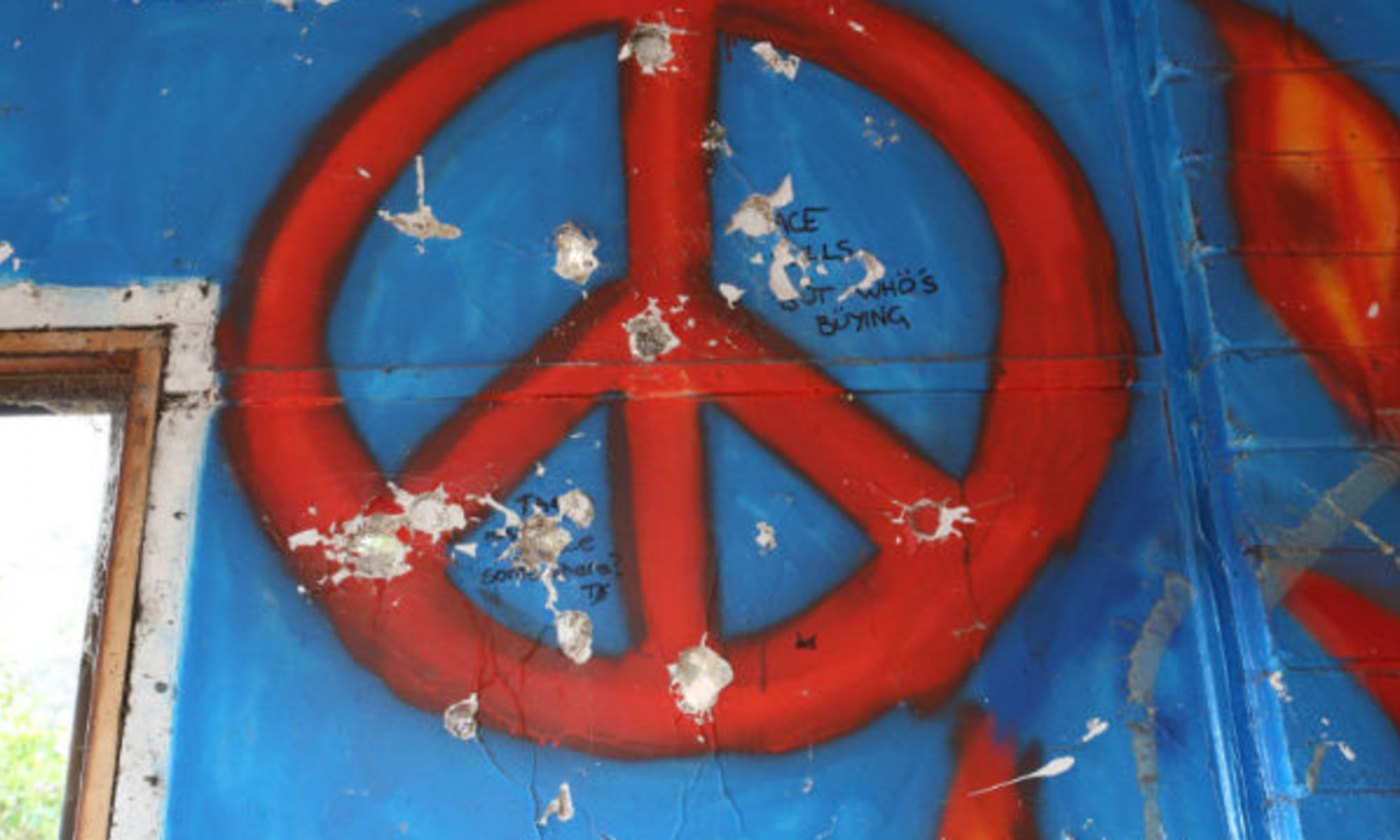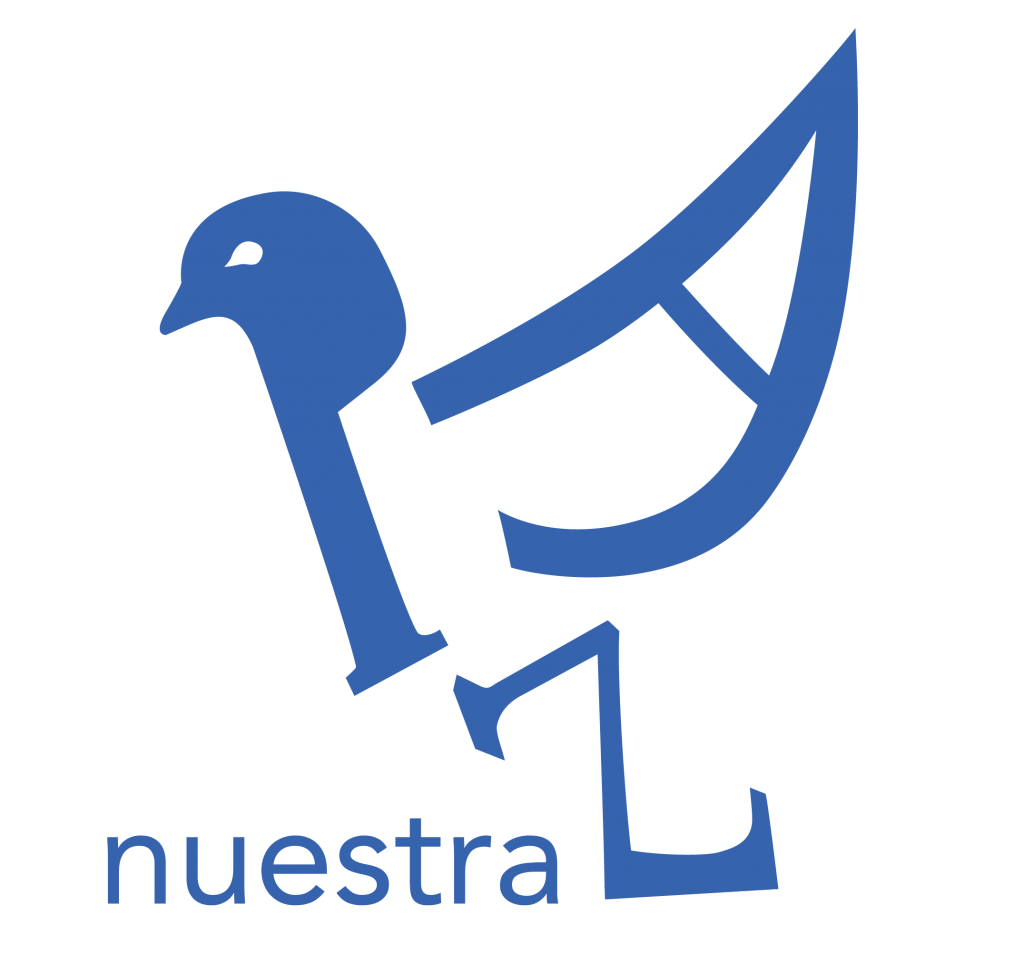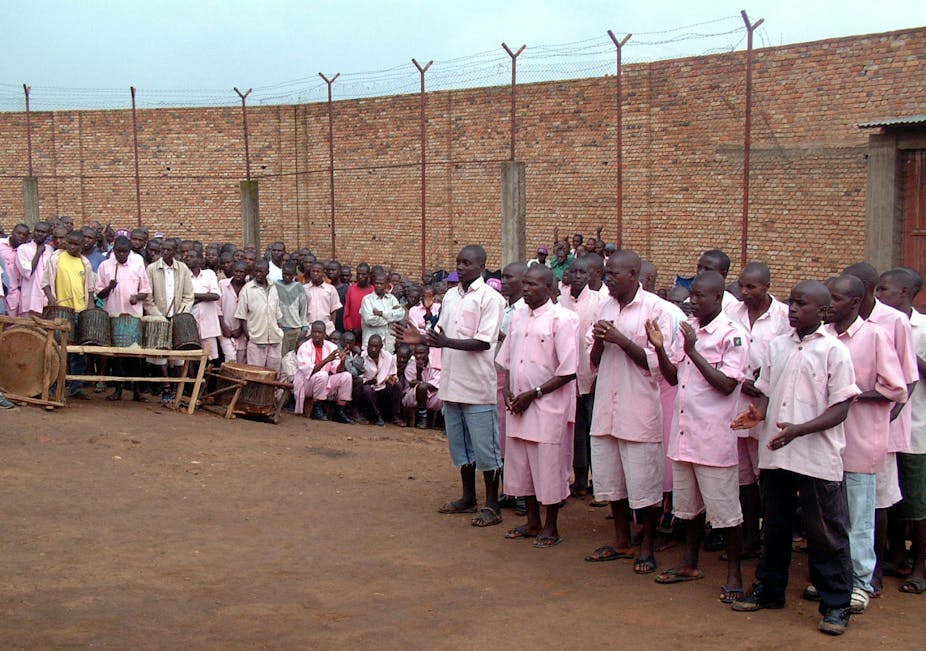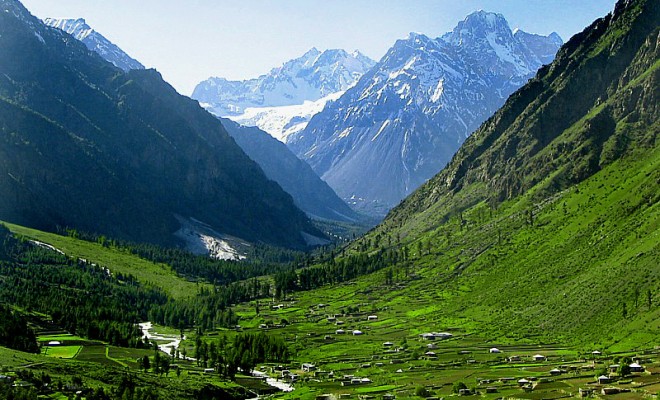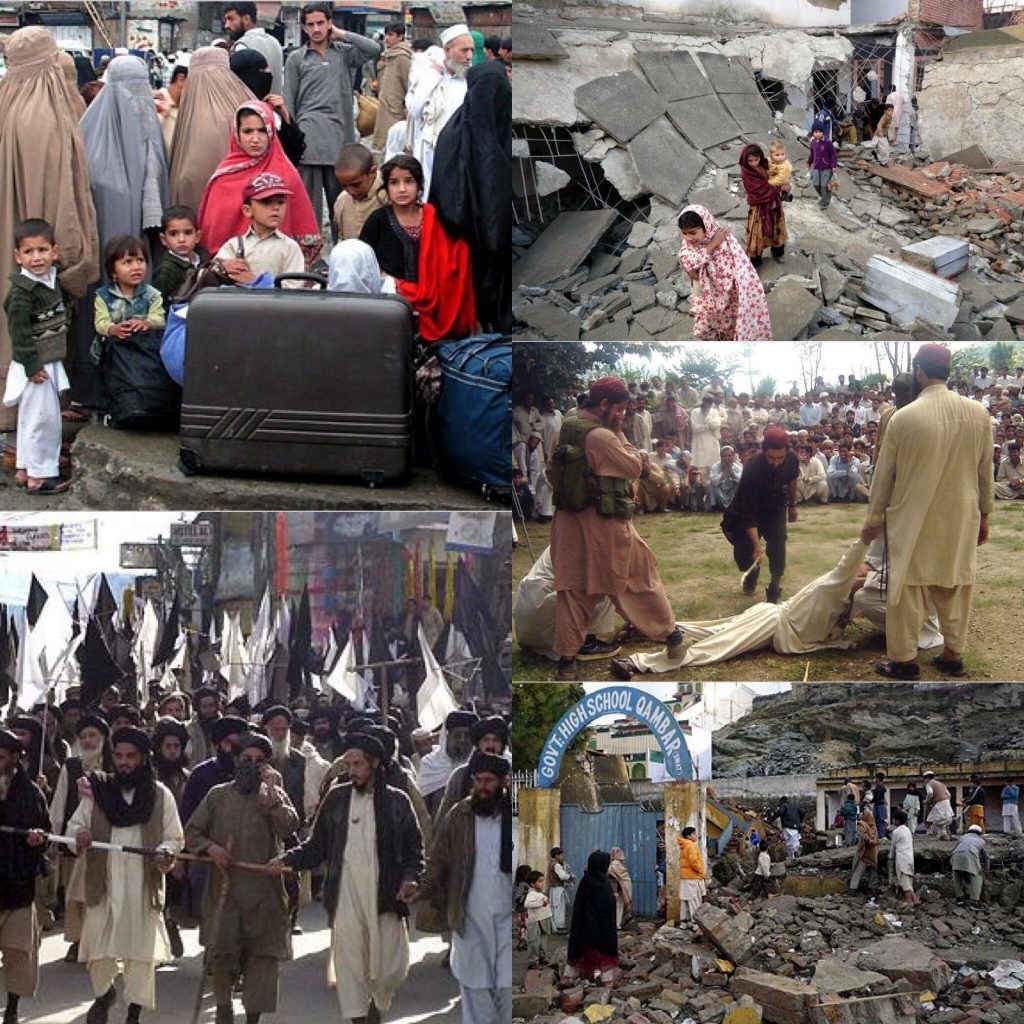By Magdalena Castillo
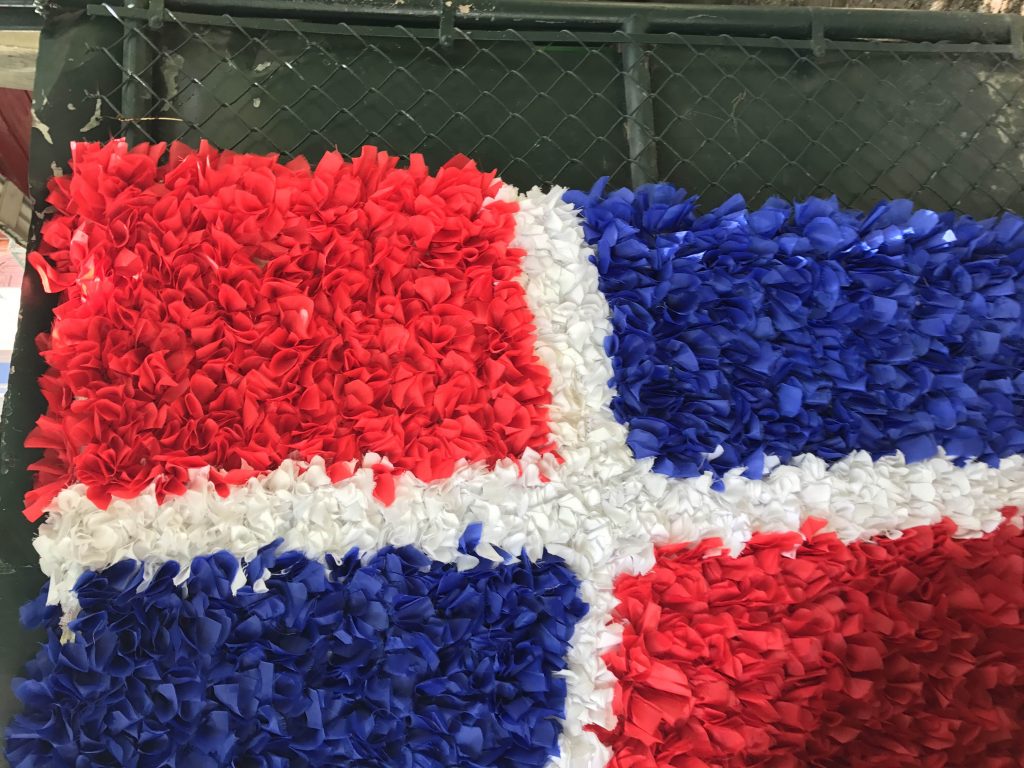
As I sit here at the Denver International Airport waiting to board my flight to Monterrey, I reflect on my experience with peacebuilding so far. Nerves set in as I worry that I’m not qualified enough to be part of such a prestigious program. I’m only 20 years old, I’ve only taken a handful of classes related to this practice, and I have never been a part of a family that has dealt with war-related trauma (one of the first things that used to come to mind when I thought of the word “conflict”). I’ve always felt like my exposure to conflict has been very limited, as I have been fortunate enough to attend good schools in safe communities and I’ve never had a family member in the military, for example. But after my last course at the University of Colorado Boulder, we observed several different types of conflict and I learned that conflict doesn’t always have to be large-scale violent acts. It can be the more small-scale, invisible, and subtle like what I’ve always known. Like the minorities in my internship at the Center for Inclusion and Social Change on campus who feel like they can’t succeed academically because of the lack of resources and support from school administration. Like roommate disputes over who’s cleaning the apartment which day. Like political elections. Or like the conflict that first made me recognize how important the field of peacebuilding really is.
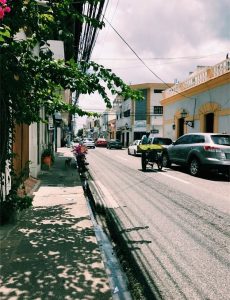

In the country of my family’s origin, the Dominican Republic, I mostly have beautiful memories there. But the memories that stain my vision are the ones of discrimination and division that the Dominican people press upon the people of Haiti, their neighbors. As a child sitting in a nice car full of Dominican citizens hearing foul things said about the hardworking Haitians selling toys in the middle of the highway, I just couldn’t understand how two countries that share the same island could be so different and I especially couldn’t understand how the Dominican people were so unwilling to help the Haitians (or at least not be so hateful towards them). Ever since I first started realizing this non-violent conflict, I became increasingly interested in the field of peace building. The Haitan-Dominican conflict isn’t always physical violence; it can be invisible violence that nonetheless carries a heavy weight and needs peacebuilding.
Conflict isn’t black and white, it’s a blanket term that covers a widespread array of circumstances. I am eager to find out more about it and discover new ways of resolving conflict on any level, whether it be inter-personal or international. I hope to leave SPP with newfound knowledge and resources to inspire change, but most importantly, I wish to leave here hopeful for the future after meeting several amazing individuals dedicated to peace building.
